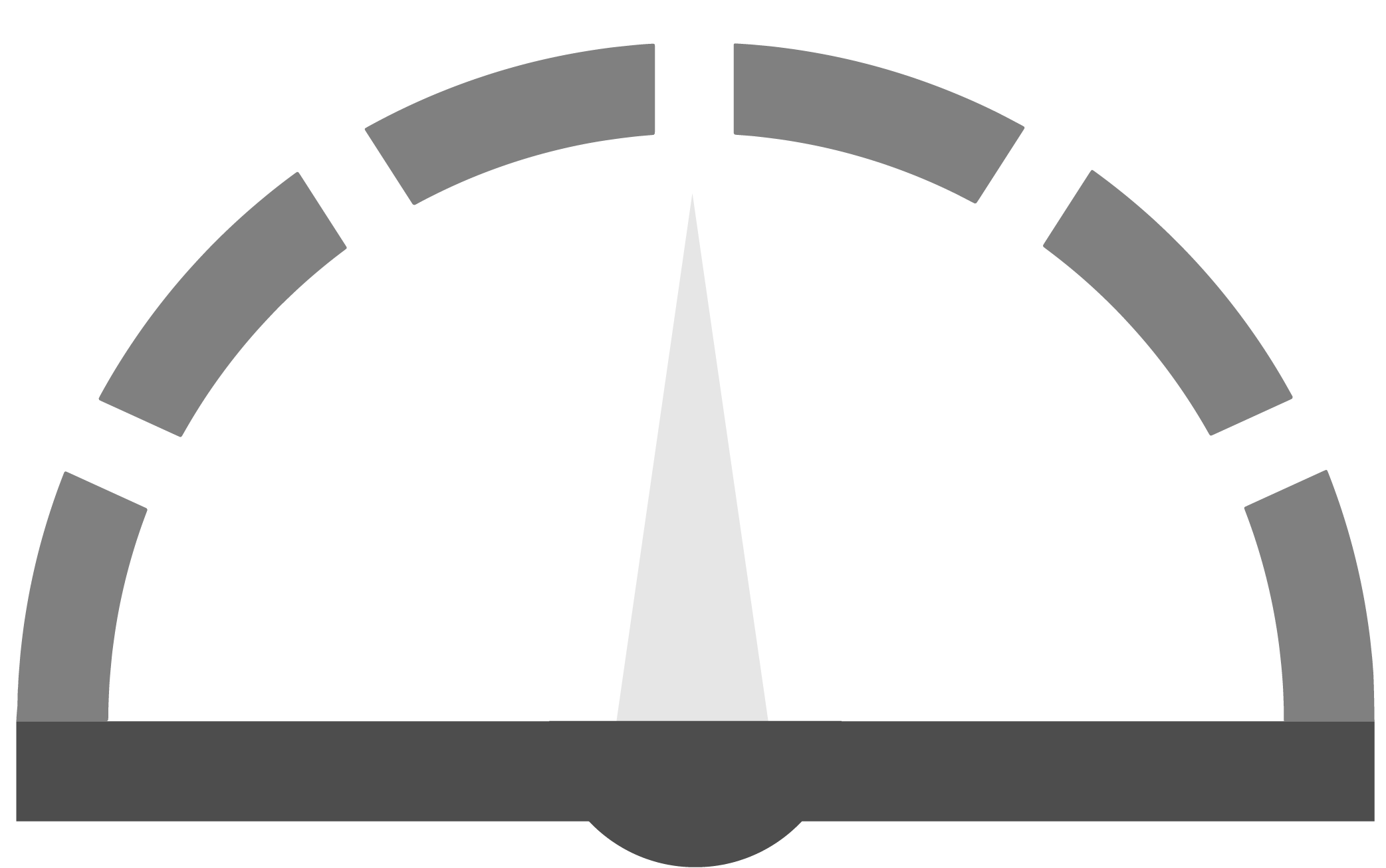
Aerospace engineers
research, design and develop aerospace vehicles, systems and components, and perform related testing, installation, operation and maintenance.
On This Page
Full NOC Description
Aerospace engineers research, design and develop aerospace vehicles, aerospace systems and their components, and perform duties related to their testing, evaluation, installation, operation and maintenance. They are employed by aircraft and spacecraft manufacturers, air transport carriers, and in government and educational and research institutions.
Main Duties
This group performs some or all of the following duties:
- Design and develop aerospace vehicles, systems and components such as aircraft, spacecraft, missiles, satellites and space-based communication systems
- Develop and conduct computer simulations of aerospace vehicles, systems and components using advanced mathematical modelling
- Prepare specifications for materials and processes to be used in aerospace manufacturing, maintenance, repair or modification
- Supervise and coordinate the manufacturing, assembly, modification, repair and overhaul of aircraft and spacecraft
- Co-ordinate ground and flight tests of air and spacecraft
- Develop operational specifications, maintenance schedules and manuals for operators
- Develop the technical phases of logistical and operational support for aerospace vehicles and systems
- Investigate and report on structural or other component or system failures, accidents or incidents and prepare recommendations for corrective action.
Also Known As
- aerodynamics engineer
- aeronautical engineer
- aerospace engineer
- aerospace structural engineer
- aerospace systems engineer
Employment Requirements
- A bachelor's degree in aerospace engineering or in a related engineering discipline, such as mechanical engineering or engineering physics, is required.
- A master's degree or doctorate in a related engineering discipline may be required.
- Licensing by a provincial or territorial association of professional engineers is required to approve engineering drawings and reports and to practise as a Professional Engineer (P.Eng.).
- Engineers are eligible for registration following graduation from an accredited educational program, and after three or four years of supervised work experience in engineering and passing a professional practice examination.
Provincial Regulation
- Provincially Regulated: Yes
The following graph shows the percentage of men and women working in this occupation in New Brunswick.
Data legend
The following graph shows the breakdown of all persons working in this occupation in New Brunswick by age group.
Data legend
The following graph shows the breakdown of all persons working in this occupation in New Brunswick by highest level of education achieved.
Data legend
The following graph shows the industry groups in which the largest shares of persons working in this occupation in New Brunswick are employed. Small percentages for all top three industry groups may suggest employment for this occupation is widely distributed amongst many industry groups.
Data legend
The following graph shows the breakdown of all persons employed in this occupation in New Brunswick by which economic region they reside in.
Data legend

Economic Regions
The following map displays New Brunswick’s five economic regions. An economic region (ER) is a grouping of counties, created as a standard unit for analysis of regional economic activity across Canada.
The following graph shows the average salary of all persons employed in this occupation in each of New Brunswick’s five economic regions.
Data legend

Economic Regions
The following map displays New Brunswick’s five economic regions. An economic region (ER) is a grouping of counties, created as a standard unit for analysis of regional economic activity across Canada.
The following represents the median hourly wage of all persons employed in this occupation in each of New Brunswick’s five economic regions.
The following shows the average salary of everyone who worked full-time and year-round in this occupation across each of the Atlantic Provinces and nationally.
The following represents the number of job openings that are expected to occur in this occupation over the next three and ten years respectively, broken down by openings expected to result from growth (“new jobs”) and openings expected to result from attrition (death and retirements).


Share this page
No endorsement of any products or services is expressed or implied.